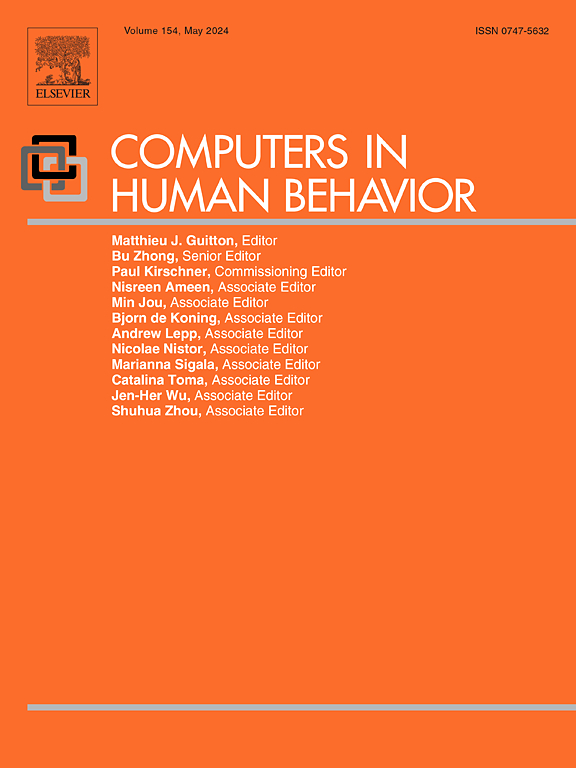导航未来:从最初的试验到逐步适应的自动驾驶出租车的公众接受度的纵向探索
IF 8.9
1区 心理学
Q1 PSYCHOLOGY, EXPERIMENTAL
引用次数: 0
摘要
尽管技术进步迅速,但将自动驾驶出租车(at)整合到城市交通系统中仍面临公众接受障碍,尤其是在引领智慧城市转型的新兴经济体。本研究通过两阶段的纵向分析解决了这一差距,该分析涉及中国6个特大城市的868名参与者,这些城市被指定为国家自动交通系统部署试验区。在技术接受和使用统一理论(UTAUT)的基础上,我们结合了人机交互(HRI)和技术焦虑(TA)的维度,以解决共享自主移动中社会技术障碍的不规范问题。结构方程模型显示,绩效期望(β = 0.24)、社会影响(β = 0.28)和人力资源指数(β = 0.33)是行为意向的最主要驱动因素,而TA显著抑制采用(β = - 0.21)。关键是,随着时间的推移,HRI减轻了TA的影响,证明了其减少焦虑的作用,这是对自动移动环境中UTAUT的一个新的理论贡献。人口统计学调节分析强调,18-30岁的城市本科男性比50岁以上的农村女性表现出更强的HRI效应,凸显了接受轨迹上的社会经济差异。这项研究通过展示HRI如何减轻共享自主系统中的焦虑,从而推进了UTAUT,这是对移动性接受研究的一项新贡献。这些见解为政策制定者和制造商提供了具体阶段的战略,以加速自动驾驶汽车融入城市生态系统。本文章由计算机程序翻译,如有差异,请以英文原文为准。
Navigating the future: A longitudinal exploration of public acceptance of autonomous taxis from initial trials to stepwise habituation
The integration of autonomous taxis (ATs) into urban mobility systems faces persistent public acceptance barriers despite rapid technological progress, particularly in emerging economies spearheading smart city transitions. This study addresses this gap through a two-phase longitudinal analysis involving 868 participants across six Chinese megacities designated as national pilot zones for the deployment of AT. Grounded in the Unified Theory of Acceptance and Use of Technology (UTAUT), we incorporate dimensions of human-robot interaction (HRI) and technology anxiety (TA) to address the under-specification of socio-technical barriers in shared autonomous mobility. Structural equation modeling revealed that performance expectancy (β = 0.24), social influence (β = 0.28), and HRI (β = 0.33) were the strongest drivers of behavioral intention, while TA significantly inhibited adoption (β = −0.21). Crucially, HRI mitigated TA effects over time, demonstrating its anxiety-reduction role, a novel theoretical contribution to UTAUT in autonomous mobility contexts. Demographic moderation analysis highlighted that urban male aged 18–30 with bachelor's degrees exhibited stronger HRI effects than rural females over 50, underscoring socioeconomic disparities in acceptance trajectories. This study advances UTAUT by demonstrating how HRI mitigates anxiety in shared autonomous systems, a novel contribution to mobility acceptance research. These insights equip policymakers and manufacturers with phase-specific strategies to accelerate AT integration into urban ecosystems.
求助全文
通过发布文献求助,成功后即可免费获取论文全文。
去求助
来源期刊

Computers in Human Behavior
Multiple-
CiteScore
19.10
自引率
4.00%
发文量
381
审稿时长
40 days
期刊介绍:
Computers in Human Behavior is a scholarly journal that explores the psychological aspects of computer use. It covers original theoretical works, research reports, literature reviews, and software and book reviews. The journal examines both the use of computers in psychology, psychiatry, and related fields, and the psychological impact of computer use on individuals, groups, and society. Articles discuss topics such as professional practice, training, research, human development, learning, cognition, personality, and social interactions. It focuses on human interactions with computers, considering the computer as a medium through which human behaviors are shaped and expressed. Professionals interested in the psychological aspects of computer use will find this journal valuable, even with limited knowledge of computers.
 求助内容:
求助内容: 应助结果提醒方式:
应助结果提醒方式:


